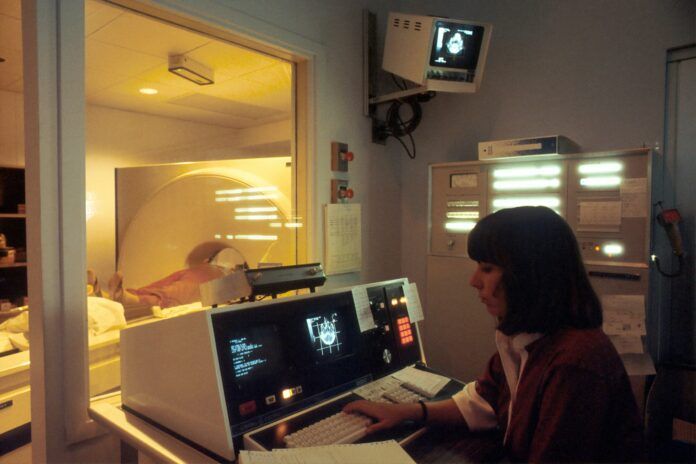New CDC study reveals social isolation and lack of transportation are significant obstacles to regular breast cancer screenings for women
A recent study conducted by the Centers for Disease Control and Prevention (CDC) has identified several significant factors preventing women, particularly those aged 50 to 74, from obtaining routine mammograms. The study goes beyond the common perception that cost alone is a barrier, shedding light on a broader range of issues affecting women’s health practices.
According to the CDC’s research, social isolation, food insecurity, job loss, and lack of reliable transportation prominently influence a woman’s decision to forgo mammograms. These factors contribute to a distressing trend in which approximately 25% of women in the target age group are not up to date with their screenings. The findings underscore the complex web of social determinants that impact healthcare access and utilization.
Dr. Lisa C. Richardson, Director of the CDC’s Division of Cancer Prevention and Control, emphasized the importance of addressing these challenges comprehensively. “To achieve higher breast cancer screening rates, we must consider all potential obstacles that women face,” she stated in a press release.
Embed from Getty ImagesThe data analyzed from the 2022 Behavioral Risk Factor Surveillance System indicated that women with multiple health-related social needs are significantly less likely to undergo mammograms. While 83% of women with no such needs had received a mammogram in the past two years, the figure dropped to about 66% among those with three or more social needs.
Dr. Jacqueline Miller, Medical Director of the CDC’s National Breast and Cervical Cancer Early Detection Program, highlighted that meeting women’s social needs facilitates their participation in life-saving screening programs. “When women’s social needs are met, they are far more likely to attend mammogram screenings,” she noted during a news briefing.
Breast cancer remains the most prevalent cancer among women in the U.S., with new cases on the rise as reported by a 2024 American Cancer Society study. Despite advances in treatment and detection, the disease continues to claim over 42,000 lives annually in the U.S., with a disproportionate impact on Black women.
To combat these trends, new draft guidelines from the U.S. Preventive Services Task Force propose that women start regular mammogram screenings at age 40, a decade earlier than previously recommended and continue biennially through age 74. This recommendation is open for public comment until June 5, after which the final guidelines will be issued.
Addressing the identified barriers, the Centers for Medicare and Medicaid Services have introduced a new billing code this year. This code allows healthcare providers to conduct assessments of health-related social needs and connect patients to necessary services. Such assessments can include questions about food security and transportation access, highlighting the CDC’s holistic approach to health care.
Furthermore, Medicare and most private insurance plans cover preventive mammography with no out-of-pocket costs, and the National Breast and Cervical Cancer Early Detection Program offers free or low-cost screenings to uninsured or underinsured women.
As the CDC continues to tackle these multifaceted barriers, the focus remains not only on enhancing access to health care but also on addressing the underlying social factors that prevent women from seeking necessary preventive services.
